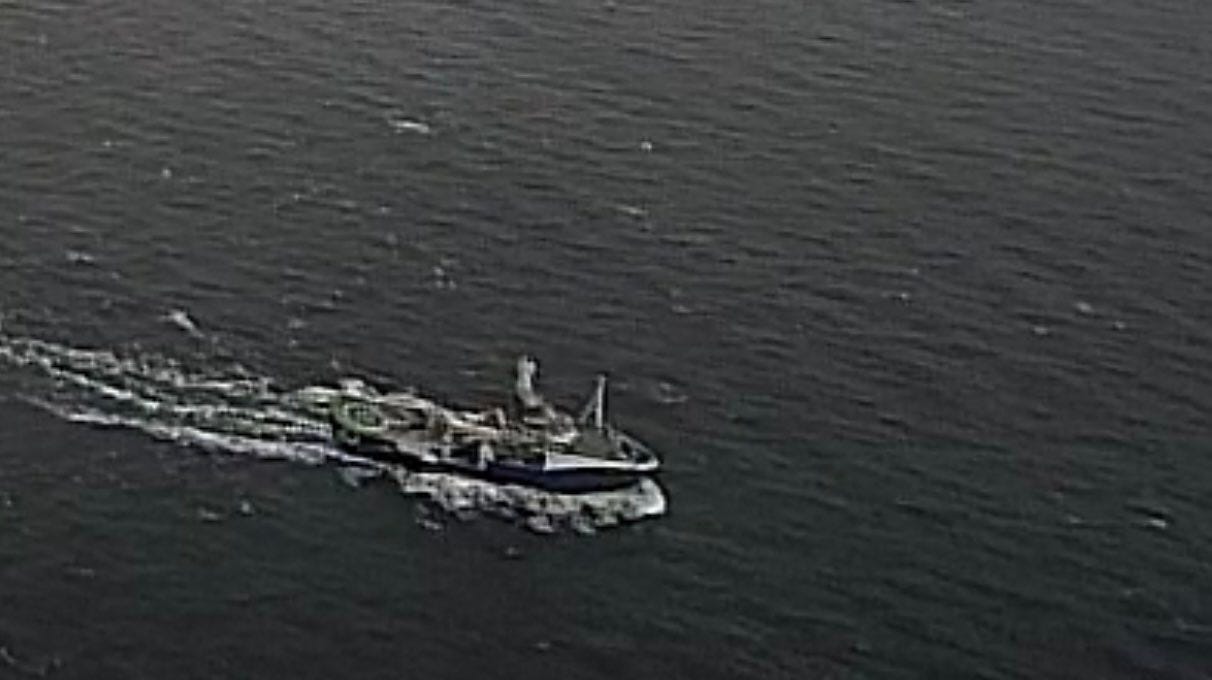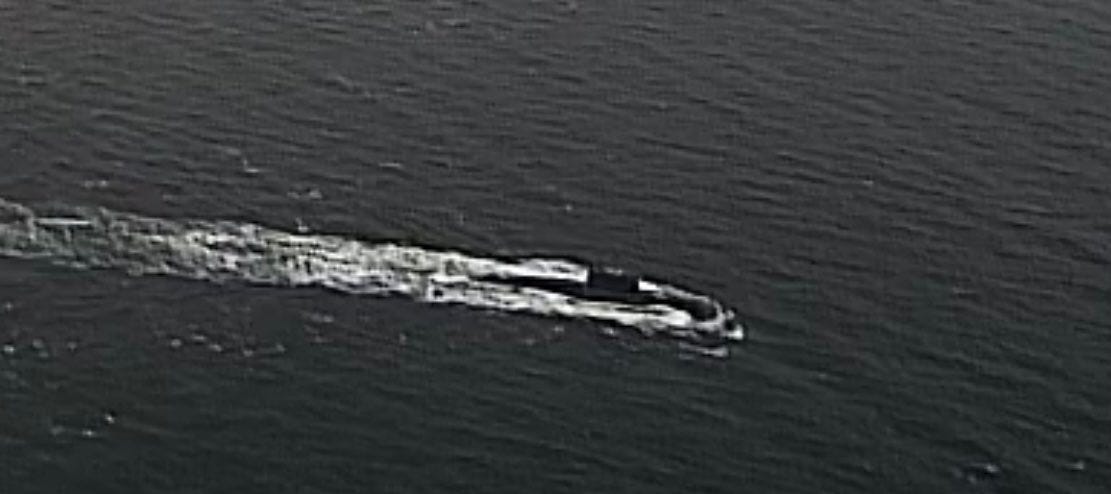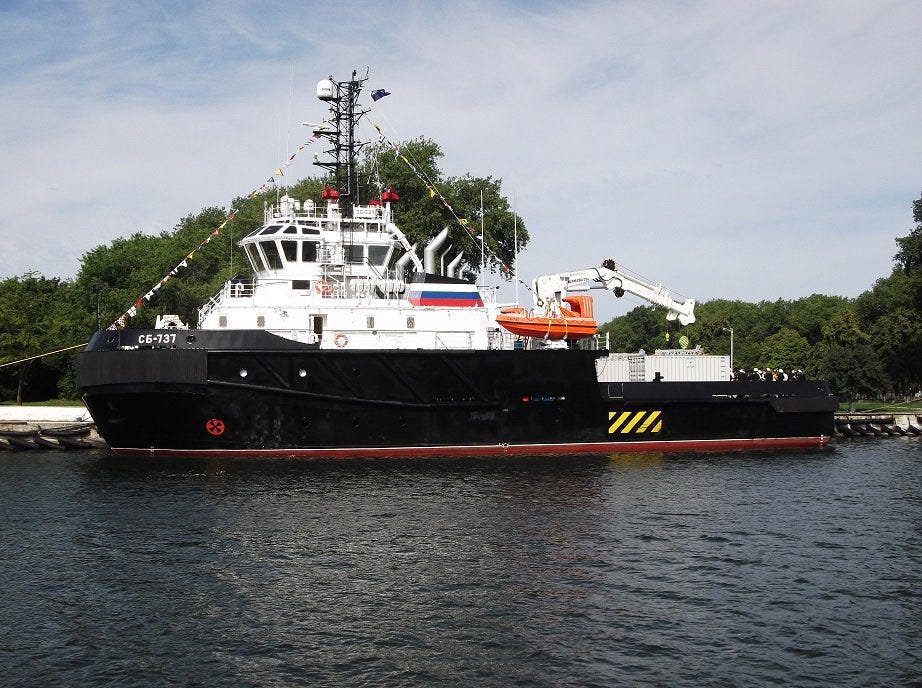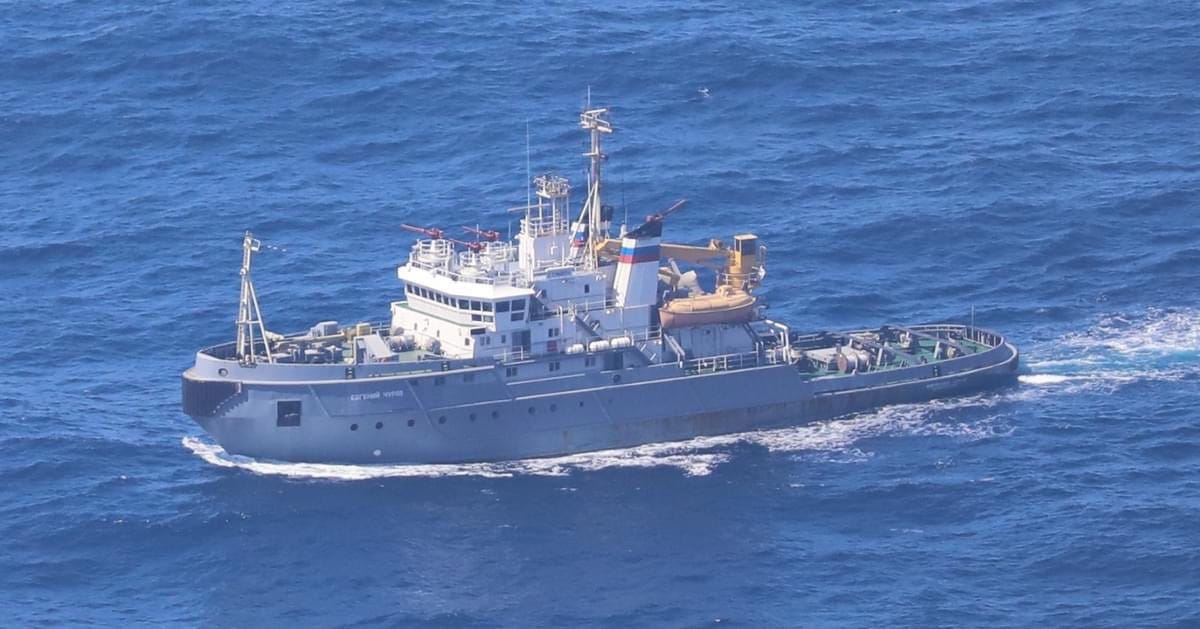Russian Navy likely begins rescue operation to recover a disabled vessel in the Skagerrak
Departure of two rescue tugs from Baltiysk suggests tug “Sergey Balk” may have broken down and a UI Kilo submarine that Balk was escorting may continue out-of-area to the Mediterranean Sea
Activity
Black Sea Fleet Pr.23470 class tug “Sergey Balk” and an unidentified Kilo Type 636.3 class conventional diesel-electric submarine (SSK), believed to be Pacific Fleet B-608 “Mozhaisk”, departed Baltiysk on 29 December 2024 enroute an assessed out-of-area patrol with the Russian Navy Task Group in the Mediterranean Sea. Both vessels were observed passing through the Great Belt on 31 December 2024 escorted by a Danish Navy Diana-class patrol vessel.

On 1 January 2025, the Kilo class submarine and tug Sergey Balk commenced loitering south-east of the Danish port of Skagen in the Skagerrak. With very poor weather conditions in the North Sea at the time, this loiter was assessed as weather avoidance related. However, with conditions having greatly improved, the unidentified Kilo class submarine and Sergey Balk remain in the Skagerrak on 4 January suggesting their presence may not be weather related.

On 2 January 2025, Baltic Fleet Pr.20380 class Steregushchiy class missile corvette SKR-531 “Soobrazitelny” highly likely entered the Skagerrak following escort duty for Russian tanker “General Skobelev” and arms transportation vessel MV Sparta II. Having not been observed in the Kattegat, it is assessed SKR-531 commenced loitering south east of Skagen and is highly likely conducting security for the loitering Kilo class submarine and Sergey Balk.

On 4 January 2025, Baltic Fleet Pr.02890 class rescue tug “SB-123” departed Baltiysk with an AIS stated destination of Skagen. It is highly likely SB-123 departed in company with Baltic Fleet Pr.712 Sliva class oceangoing rescue tug “Evgeniy Churov” as Churov was subsequently noted to be in close company with SB-123 later the same day. Both rescue tugs passed through the Fehmarn Belt and were noted heading north through the Great Belt Bridge, during the morning 6 January 2025.
Analysis
The departure of two rescue tugs coupled with improved weather conditions and the arrival of SKR-531 suggests that either the Kilo or more likely, Sergey Balk has broken down. Had the Kilo class submarine broken down then Balk would have simply towed it back to the Baltic Sea and SKR-531 would have continued its return to homeport Baltiysk.

The departure of ocean-going tug Evgeniy Churov is interesting. Most recently, Churov escorted Black Sea Fleet Kilo class SSK B-261 “Novorossiysk” to the Mediterranean Sea during August-September 2024 and there is a realistic possibility Churov has deployed on this occasion to escort of the unidentified Kilo class submarine to the Mediterranean Sea. SB-123 would then be free to aid Sergey Balk and return to the Baltic Sea. Of course, this works either way but Churov is an ocean-going tug where SB-123 has never deployed out-of-area on long missions.

As I mentioned in my previous article the loss of Tartus coupled with the relative lower endurance of conventional submarines makes roulement of SSKs worthy of consideration and with three Kilos available, there is a high likelihood Russia could re-establish a conventional submarine presence in the Mediterranean Sea.
Russia concludes conventional submarine operations in the Mediterranean Sea
The overthrow of the Assad regime by HTS forces in Syria during December 2024 has dealt a major blow to Russian Naval operations not only in the Levant region but the entire Mediterranean Sea.
The reason for the double tug deployment will be known in the coming days as both are scheduled to arrive in the Skagen roads on 7 January 2025. Watch this space!
James Droxford is a former Navy and Intelligence Agency signals intelligence officer and Defence Intelligence submarine desk officer/analyst. Now a civilian, he is an independent maritime intelligence producer, analyst and reporter.






Sergey Bslk now moving at 8kts SE
No Danish patrol vessels (P52x) visible in the area - they normally operate with AIS active. Sergey Balk’s N-S flutter is only about 80 meters apart - suggests propulsion issues rather than searching for a SSK stuck on the seabed 38 meters below